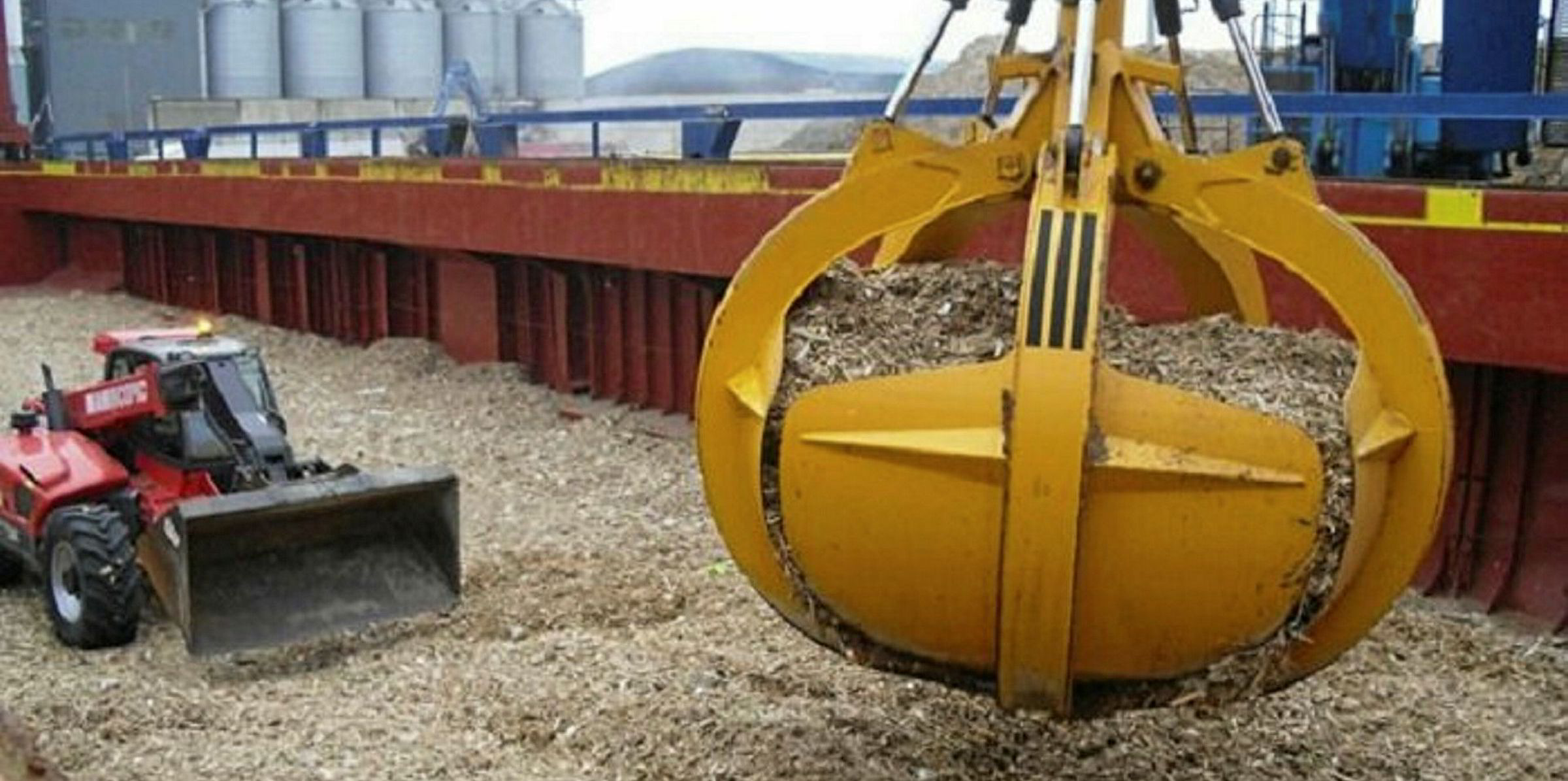China has imported record volumes of woodchips in the third quarter of 2018 on the back of increased demand from pulp mills.
Imports totaled 3.5mt during the three month period, a year-on-year increase of 21%, according to the Seattle-based consultancy Wood Resource International (WRI).
By far the biggest increase in chip supply this year has been from Vietnam, with the total volume during the first nine months of 2018 34% higher than a year ago, according to recent Chinese Customs data.
“Hardwood chip imports to Vietnam during the first three quarters have already surpassed the total import volume for all of 2017,” according to WRI’s Wood Resource Quarterly.
“The country’s chip exports have been trending upward for over 15 years and will likely reach a new record high of almost 10mt in 2018.”
However, WRI says the shipments this year could very well reach their peak and the long-time upward trend will be broken in 2019.
“The domestic forest industry lacks wood raw-material and the country has limited opportunities to enlarge its forest plantations,” it said.
As a result, the Vietnamese government is said to be likely to adhere to their long-held policy of reducing exports of raw-material in favor of further expanding the value-added processing of forest products in the country.
Shipments from Australia, the second largest chip supplier to China, have also increased over the past year, but at a much more modest pace than shipments from Vietnam.
Australian chip suppliers have actually lost market share, down from 35% in September 2017 to 28% in September 2018, according to WRI.
Vietnam and Australia together account for just over 80% of Chinese imports in 2018, with the remainder being supplied by Chile, Thailand, Brazil, South Africa and Malaysia.
Australia’s reduction in market share can probably be attributed to a 16% increase in price, while woodchip prices in Vietnam have remained largely unchanged.
“Although the price for Australian chips has gone up quite substantially over the past year, the average import price to China has increased more modestly because of a shift in supply from the highest-cost suppliers to lower cost supplier during 2018,” said WRI.





